Video Extrapolation - Forward in time
Extrapolated Frames (GREEN)
Video Extrapolation - Backward in time
Extrapolated Frames (GREEN)
Note how backward extrapolations of the same video yield different outputs due to the inherent stochasticity of diffusion models.
Spatial Video Retargeting
The rest are retargeted to different spatial shapes.
Temporal Upsampling
First row Input video
Second row Linear interpolation
Third row: SinFusion (Ours) interpolation
Fourth: RIFE [1] interpolation
Note that :
Diverse Image Generation
|
|
|
|
|

|
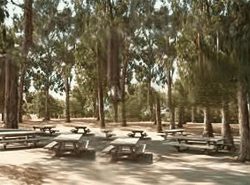
|

|
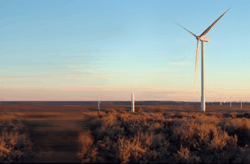
|

|
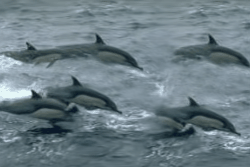
|

|
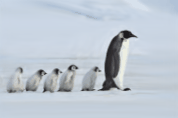
|

|

|

|
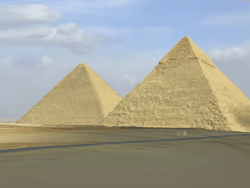
|

|
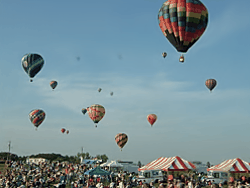
|

|

|

|
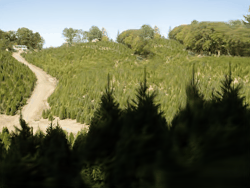
|

|
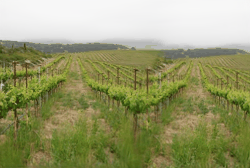
|

|
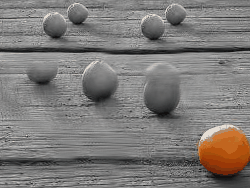
|

|

|